Hydrangea Macrophylla: A Comprehensive Guide to Growing and Care
Hydrangea macrophylla, commonly known as bigleaf hydrangea or French hydrangea, is a versatile deciduous shrub from Japan. Renowned for its stunning large flowers, which come in various colors such as pink, blue, white, and purple, this species has become a favorite among gardeners. This guide will explore everything you need to know about growing and caring for Hydrangea macrophylla.
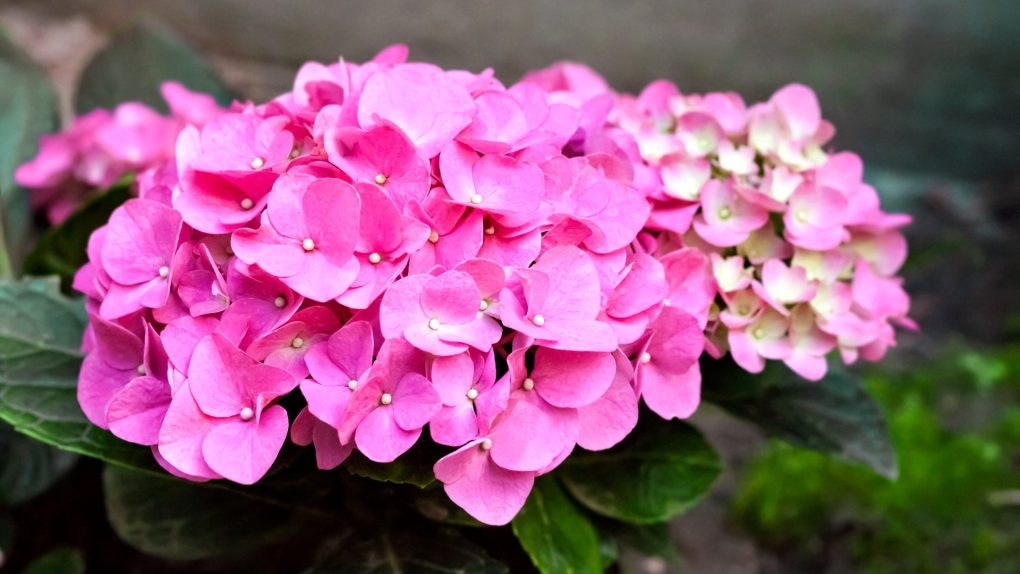
Table of Contents
Description
Hydrangea macrophylla is a popular ornamental plant with showy flowers. It can produce two distinct types of flower clusters: “Mopheads” and “Lacecaps.” Mophead hydrangeas feature large, ball-shaped flower heads, while lacecap hydrangeas have delicate-looking flat clusters of small flowers surrounded by a ring of more prominent flowers. The flower colors vary depending on the soil’s acidity and range from white to pink, blue, or purple.
Appearance
Hydrangea macrophylla adds an attractive touch to any garden with its large, glossy, dark green leaves. This deciduous shrub can grow up to 2 meters (7 feet) tall and 2.5 meters (8 feet) wide. The plant’s flowers are produced in sizable, showy clusters, reaching diameters of up to 30 centimeters (12 inches). These flower clusters consist of sterile and fertile flowers, with the sterile ones being large and eye-catching, while the fertile flowers are smaller and inconspicuous.
Habitat
Hydrangea macrophylla thrives in shaded areas and prefers moist, well-drained soil. It is commonly found in woodlands and along stream banks within its native range. As an ornamental plant, it is widely cultivated in gardens and parks.
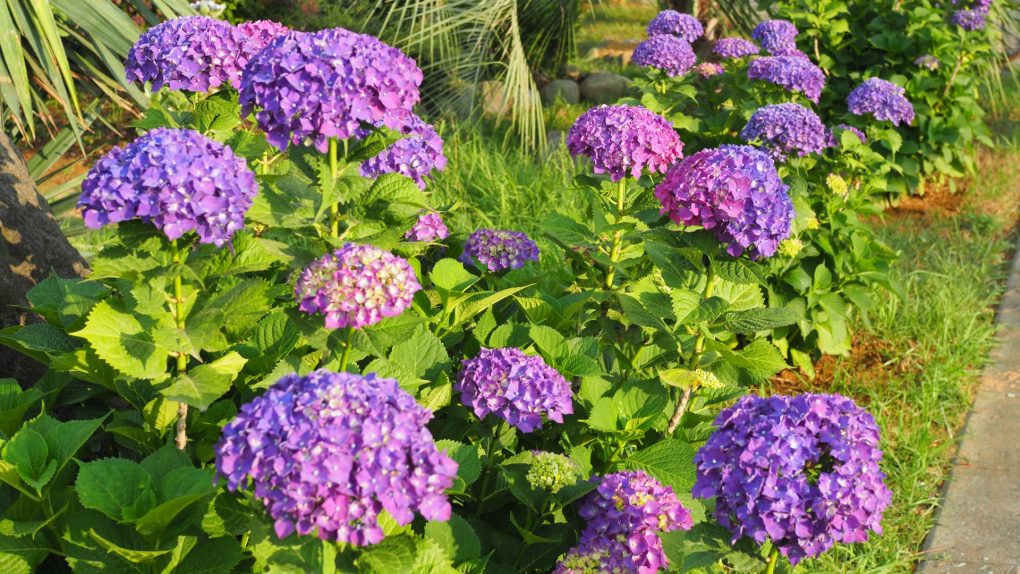
Cultivation
Growing Hydrangea macrophylla in your garden is relatively straightforward. It prefers partial shade and requires moist, well-drained soil. Propagation can be achieved through softwood cuttings taken in the summer or layering in the fall. Before new growth begins, pruning should be performed in late winter or early spring. Fertilize the plant in spring using a balanced fertilizer. The flowers can be cut for use in floral arrangements.
Types of Hydrangea Macrophylla
Hydrangea macrophylla encompasses several distinct types, each characterized by unique traits. Here’s a brief overview of each type:
1. Mophead
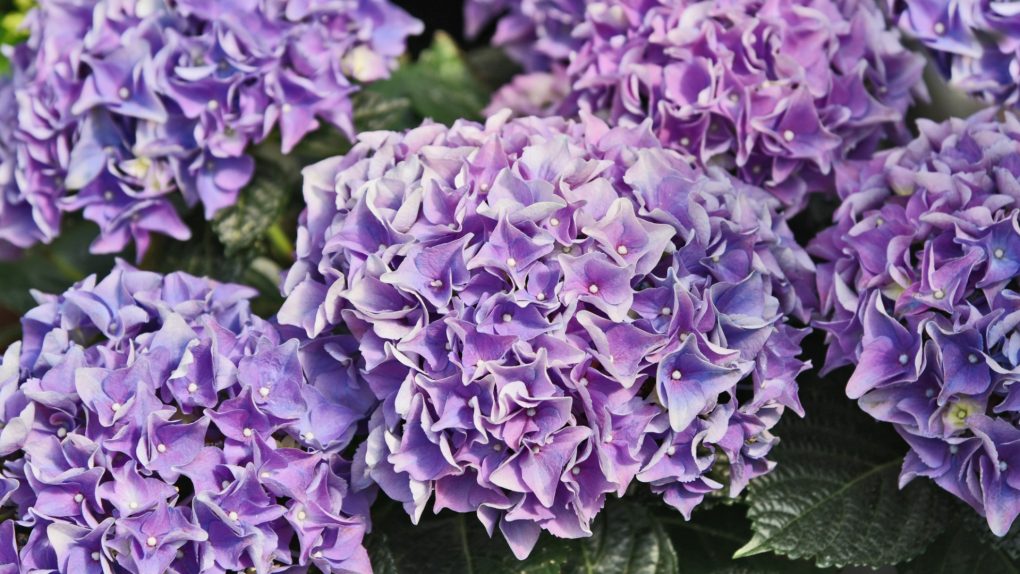
The mophead hydrangea is the most common variation of Hydrangea macrophylla. It produces large, round flower heads that can reach diameters of up to 8 inches. The flowers can exhibit shades of pink, blue, purple, or white, depending on the soil’s pH levels. Mophead hydrangeas thrive in partial shade and require moist, well-drained soil.
2. Lacecap
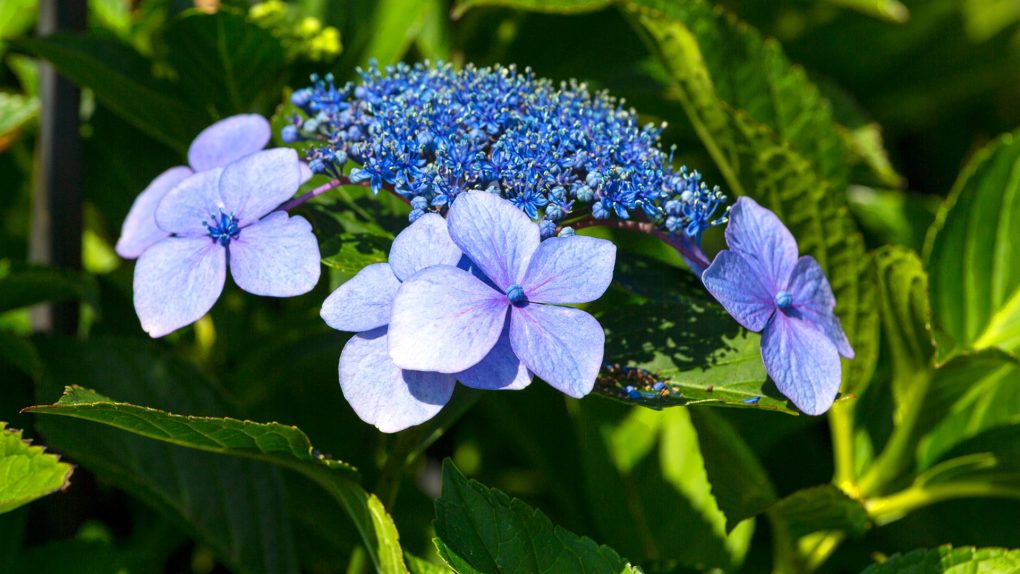
Lacecap hydrangeas feature flattened flower heads with tiny flowers at the center and larger flowers surrounding the edges. The flowers can display blue, pink, or white hues, which the soil’s pH can influence. Similar to mophead hydrangeas, lacecap hydrangeas prefer partial shade and well-drained soil.
3. Mountain
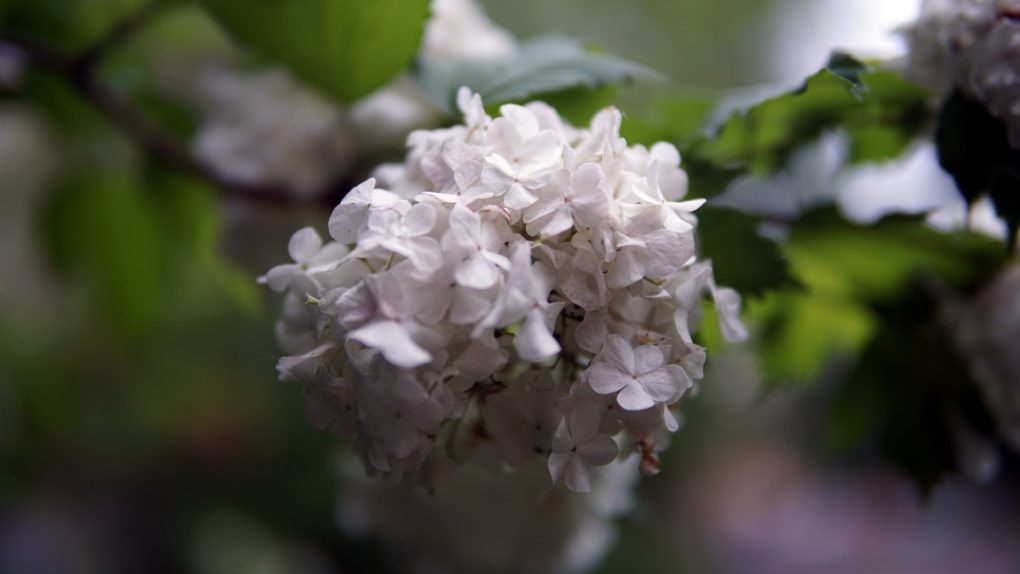
The mountain hydrangea, or Hydrangea serrata, is a smaller species native to Japan and Korea. It boasts small, delicate flowers that typically appear in pink or blue shades. Mountain hydrangeas thrive in partial shade and require moist, well-drained soil.
4. Oakleaf
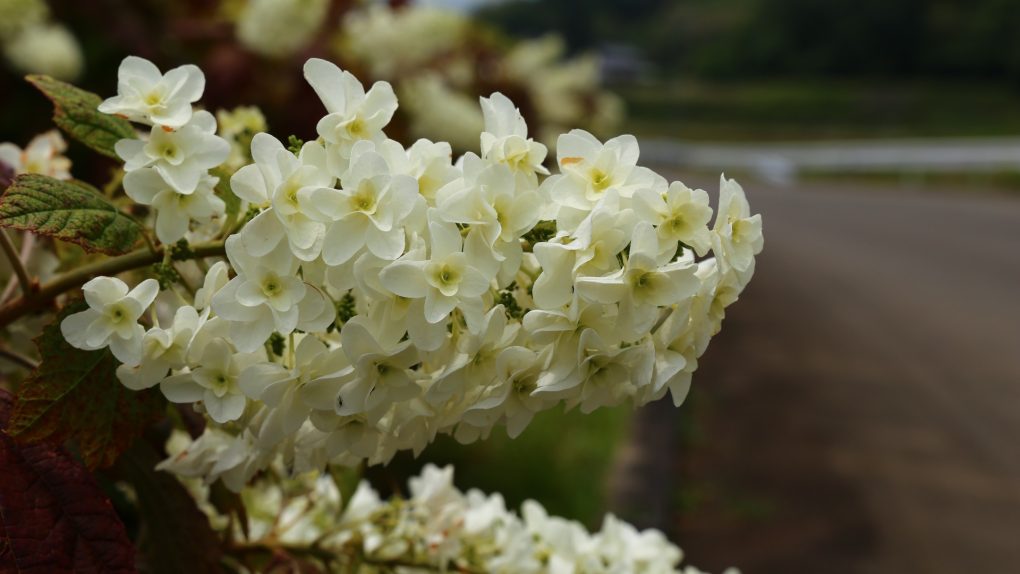
Native to the southeastern United States, the oakleaf hydrangea, scientifically known as Hydrangea quercifolia, is renowned for its large, cone-shaped flower heads reaching lengths up to 12 inches. Initially white, the flowers gradually turn pinkish as they age. Oakleaf hydrangeas flourish in partial shade and well-drained soil.
Hydrangea Macrophylla: Versatile Uses and Propagation
Hydrangea macrophylla is a versatile plant with various applications, including ornamental, medicinal, and culinary uses. It can be easily propagated through different methods, such as seeds, cuttings, layering, and division. Proper care is essential to ensure the plant thrives and produces beautiful blooms. Here’s everything you need to know:
Ornamental Use
Hydrangea macrophylla is prized for its large, showy flowers and attractive foliage, making it a popular choice for ornamental planting. It can be used as a specimen plant, in mixed borders, or as a hedge. The plant comes in various colors, including pink, blue, purple, and white, which can be influenced by the soil pH, and prefers partial shade and well-drained soil.
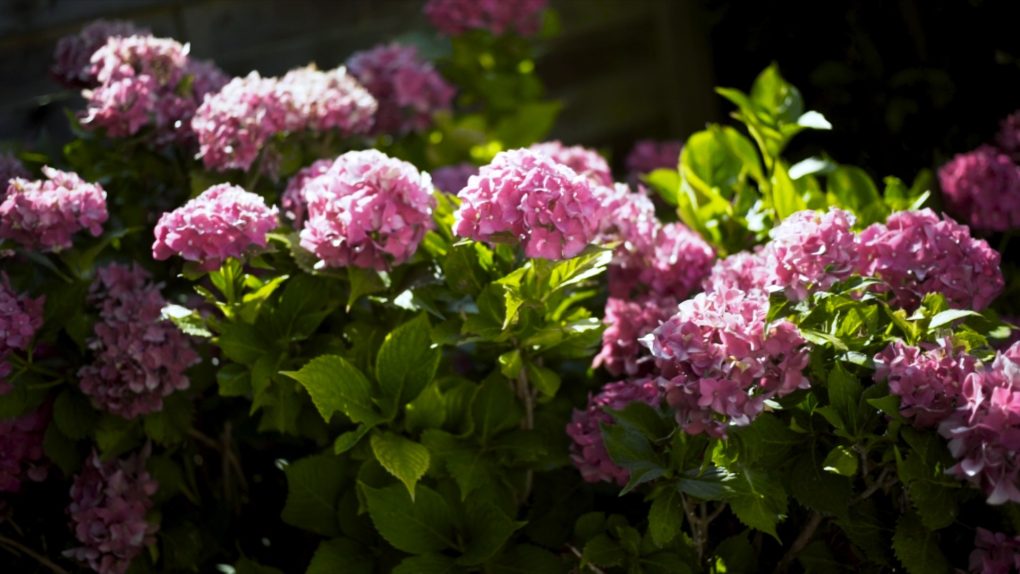
Medicinal Applications
Traditional medicine has utilized the root and underground stem (rhizome) of hydrangea macrophylla to treat conditions such as bladder infections, prostate infections, enlarged prostate, kidney stones, and arthritis. However, scientific evidence supporting these uses is limited, and further research is needed to determine their effectiveness and safety.
Culinary Purposes
While not commonly used in cooking, the flowers of hydrangea macrophylla can be infused to make tea or added to vinegar for color in salads. Some cultures even use the flowers to create a sweet dessert known as amacha by boiling them in water and adding sugar.
Propagation Methods
Hydrangea macrophylla can be propagated through several methods, each with advantages and disadvantages. The choice of method depends on the gardener’s preference and resource availability.
Seeds
Seed propagation is the least common method for hydrangea macrophylla due to the unpredictable traits of the resulting plants. They may take several years to flower and may not resemble the parent plant. If you propagate through seeds, sow them in a well-draining soil mix in a pot. Provide a warm and humid environment, as germination may take up to a month.
Cuttings
Propagation through cuttings is a popular and relatively easy method that produces plants identical to the parent plant. Take cuttings when the plant is actively growing in the spring or early summer. Cuttings should be at least 4 inches long and include one additional set of leaves above the selected leaf node. Strip the lower leaves, dip the cut end into rooting hormone, and place the cutting in a well-draining soil mix. Maintain a warm and humid environment until roots develop.
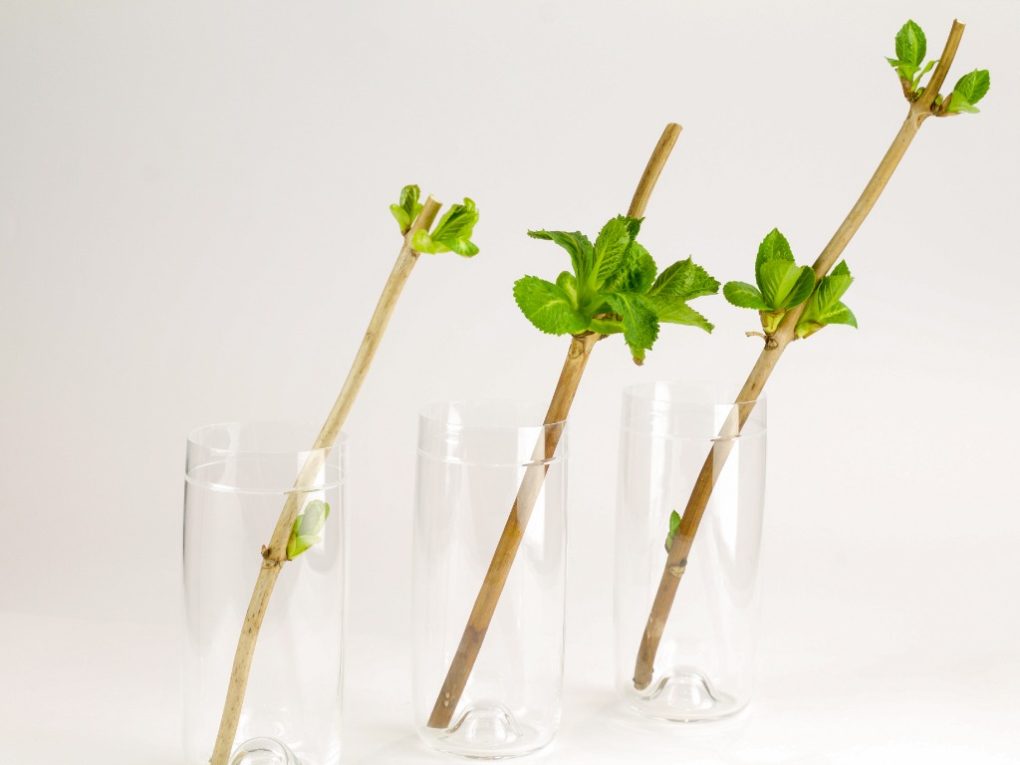
Layering
Layering is a simple and effective propagation method. Bend a low-hanging branch to the ground, cover a section with soil, and wait for it to root. Once rooted, the branch can be separated from the parent plant and transplanted. Layering is recommended in spring or fall, and using a rooting hormone can increase the chances of success.
Division
Division is used to rejuvenate an old plant or create new ones. Dig up the plant and divide the root ball into smaller sections, each with its stem and leaves. Then, plant the sections in a well-draining soil mix and keep them warm and humid until roots are established.
Care Tips for Hydrangea Macrophylla
Caring for hydrangea macrophylla is relatively easy, and with proper attention, it will thrive and produce beautiful blooms year after year. Here are some essential care tips:
Watering
Hydrangea macrophylla requires consistent moisture throughout the growing season. Keep the soil moist but not waterlogged. Water deeply once or twice a week, adjusting based on rainfall and soil conditions. Increase watering during
prolonged heat or dry spells to prevent the plant from drying out. Avoid overhead watering to minimize the risk of fungal diseases.
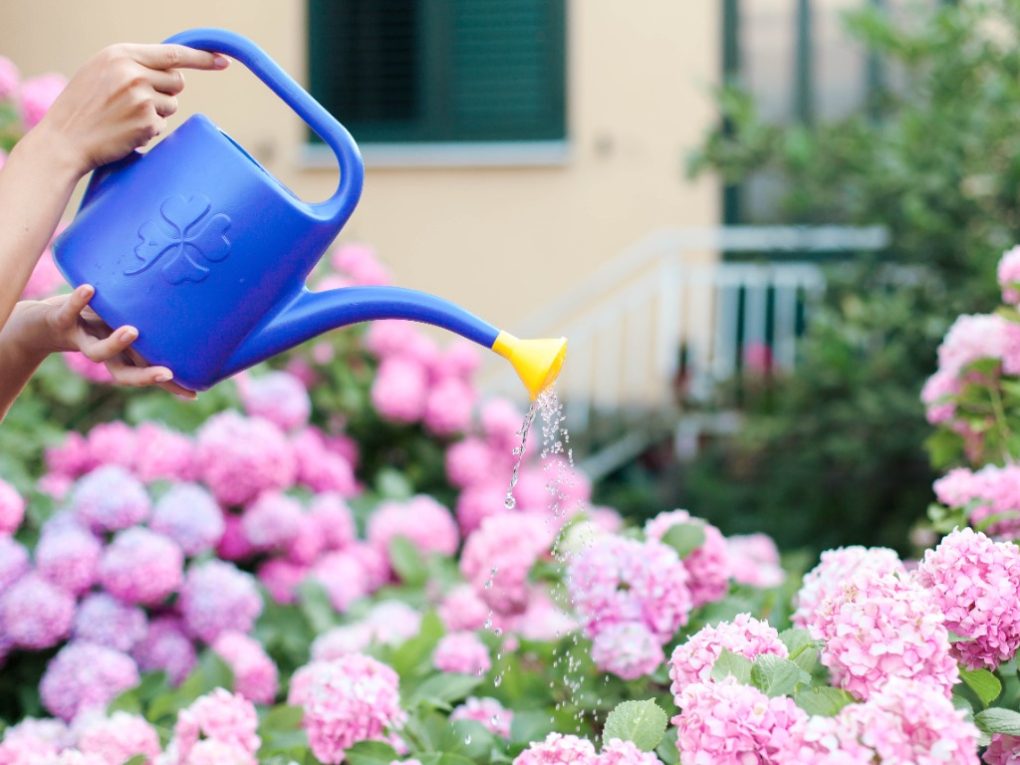
Fertilizing
Hydrangea macrophylla does not require frequent fertilization but can benefit from spring and fall feedings. You should use a balanced fertilizer that contains equal parts nitrogen, phosphorus, and potassium. Avoid fertilizing after mid-summer to prevent encouraging new growth that may not have time to harden off before winter.
Pruning
Pruning is crucial for maintaining the shape and promoting healthy growth of hydrangea macrophylla. Late winter or early spring, before new growth begins, is the best time to prune. Remove any dead or damaged wood and weak or crossing branches. Avoid excessive pruning, as it can reduce the number of blooms.
Pests and Diseases
While relatively resistant to pests and diseases, hydrangea macrophylla can still be affected. Common problems include aphids, spider mites, scale insects, powdery mildew, leaf spot, and root rot. Treat infestations with insecticidal soap or neem oil. To prevent fungal diseases, avoid overhead watering, improve air circulation, and remove any infected plant material.
